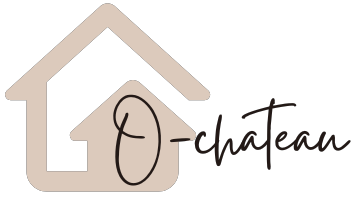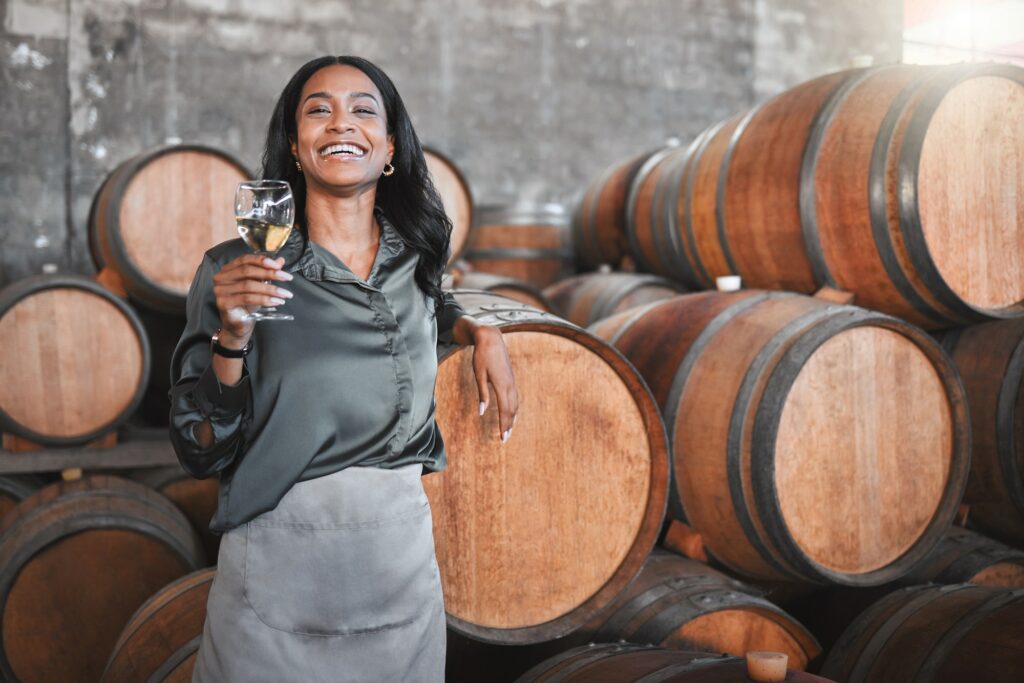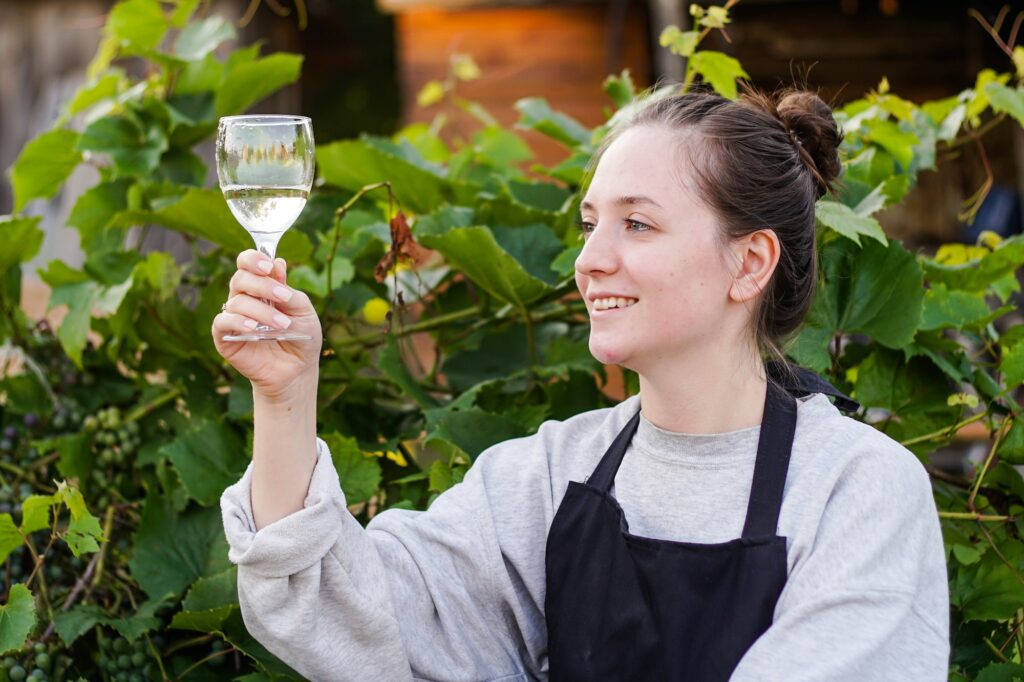French winemaking is the production of wines within France. This industry can be broadly divided into two categories: traditional and modern. Traditional winemaking relies on long-standing traditions of producing wines in single-estate chateaux with grapes grown locally; modern winemaking utilizes modern technologies and introduces new grape varieties
History
Early Women in French Winemaking
In the earliest days of French winemaking, women played an integral role. In some regions such as Bordeaux, they were even responsible for all aspects of production from cultivation to fermentation and aging – something common during pre-industrial era when most production was done on a small scale. At this time they were responsible for cultivating vineyards, harvesting grapes and fermenting and aging wines themselves.
Changes in Women’s Role Throughout History
As France’s wine industry developed and matured, so too did women’s role. By the turn of the 19th century, however, this industry had begun to diversify with different regions producing distinct styles of wine. Women were increasingly involved in the production of different wines, such as Champagne and Bordeaux. With the industry expanding, women took on new roles like blending and oenology.
Present
Current Highlights and Roles of Women in French Winemaking
While women continue to play an increasingly important role within French winemaking, its current roles cannot fully encompass it.
Women continue to play an increasingly significant role in French winemaking, though some traditional roles are still present. From winemakers to viticulturists, women are playing an increasingly vital role throughout this sector of production. Women are now leading winemaking teams, cultivating new grape varieties and managing vineyards. In Bordeaux region alone, women have created some of the country’s finest wines. Chateau Pichon-Longueville Comtesse de Lalande, Chateau Lynch-Bages and Chateau La Lagune are just a few examples of wineries owned and managed by women. In France’s Loire Valley, women are leading winemaking teams at Domaine des Baumards and Domaine de la Porte Saint-Martin; in Burgundy, Anne-Claude Leflaive leads Maison Leflaive. Women are increasingly taking control of vineyards and developing new grape varieties such as Cabernet Sauvignon, Pinot Noir and Sauvignon Blanc – now staples in French winemaking. Furthermore, women are creating innovative blends and experimenting with wine-making techniques like barrel-aging and using various yeast strains.
Challenges Women Face in the Field
Women have made significant advances in French winemaking over centuries, yet still face numerous obstacles. Even though women have been involved with winemaking for centuries, there still exists a perception that winemaking is “man’s work.” This can be seen through underrepresentation of women at prestigious tastings and competitions; moreover, many magazines and websites focus almost exclusively on male-owned wineries – making recognition for what women accomplish more difficult.
Future
Potential Roles for Women in French Winemaking
Women have the potential to make a greater impact in French winemaking. With an increasing number of women entering this industry, there is now an opportunity to promote diversity and inclusivity within this field by providing more opportunities for female participation and recognizing their work. This could include providing training programs or scholarships so women can pursue winemaking careers more successfully.
Strategies for Women’s Advancement
Promoting women in the industry requires providing them with the resources they need to succeed, such as education, mentorship and financial backing. This could take shape in various ways. Additionally, it is essential to create an environment which is welcoming and supportive of women. This can be accomplished through mentorship programs, networking events, and encouraging women to take leadership roles. Another strategy is encouraging more collaboration between winemakers – particularly women – through various platforms. This can be accomplished through organizing events and workshops that bring together women from various winemaking regions, with the common goal of crafting high-quality wines. Additionally, encouraging diversity and inclusivity within winemaking organizations and businesses can help create a more equitable environment for women. Finally, it is essential to recognize and celebrate the contributions of women in France’s winemaking industry through awards, media coverage, and acknowledgment of their work. Doing this encourages more women to get involved with this rewarding profession and contributes to creating a more gender balanced industry overall.
In conclusion, women have had a long and distinguished role in French winemaking, and this role continues to evolve today. Women are becoming more prominent players within the industry – some even owning their own vineyards and wineries. Despite progress made, women still face numerous obstacles when it comes to becoming successful winemakers with proper resources and support. With these strategies, women could continue their upward trajectory within this field of expertise. With equal opportunities and resources provided by industry professionals, women will continue making strides forward towards becoming successful winemakers.
If you are really interested in wine, I advise you to go to a wineclub, to taste and enjoy gret wine !


